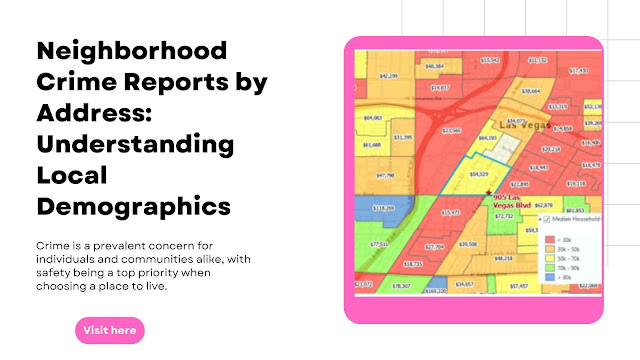The Advantages of Geolocation for the Retail Industry
Geolocation is quite an old concept, that’s used been used for decades, and it is been one of the key factors in the success for the success when it comes to physical networking building, and market analysis.
Before the pandemic hit the world, it was already challenging for the retailers to choose the most profitable sites when trying to balance their e-Commerce and brick-and-mortar.
The new geolocation uses the cases that are emerging to go beyond the brick-and-mortar networks, especially during this post-COVID world, GIS Technical Report Provider, and real estate operations management. Despite years of talking about the demise of traditional stores, it is been seen over 85% of retail sales in the United States still take place in the physical stores.
Still, you may consider last-mile delivery, which may even be more significant with the dramatic rise in online deliveries and orders, along with customer engagement. Through promotional mailings, it will be becoming increasingly rare, since retailers are relying more on direct interaction such as push notifications, which may be based on customer geolocation. Currently, about 80% of consumers will like to get the location-based alerts from businesses for sharing their location through cellular networks.
How may GIS help businesses in the Post-Pandemic Era?
COVID-19 does come as a massive disruption in terms of the population’s travel and consumption habits or even labor shortages. The response to the disruptions will directly affect the retail industry.
Optimizing last-mile delivery: The retailers who are wishing to provide last-mile delivery face several challenges. Firstly, there is the high risk of packaging that is been considered to be undelivered since of a misspelled address, a move, the delivery being made at the wrong address, or the address can’t be found.
Secondly, through the Franchise Demographic Reports it was found the consumer has new expectations, which may include quick, low, or free cost, and the ability to track the movement of the packages.
Managing the new Mobility Data Sources: For the big family of geospatial data includes the location and mobility data that is collected from apps on our cell phones. To be specifically, road traffic data and foot traffic data are invaluable sources for analyzing the sites efficiently, it makes an accurate financial forecast, generate high-level business intelligence, and make a better understanding of how the customers behave and move. The main goal is to modify strategies and will get ahead of the competition.
Building the Electric Vehicles Charging Strategy: As electric vehicles are booming, with the deadline seated as 2035, after that the sales of new fossil fuel-powered vehicles may get banned. There are charging infrastructures getting expanded, and the supply is currently not sufficient to meet the growing demand from people who do want to charge their vehicles on the road.
Once all things are properly equipped, the retailers can be able to analyze the several indicators that will determine the perfect site for the new infrastructures, especially in terms of movement patterns, customers demographics, driving distances, locations of existing charging stations, road and foot traffic, their own commercial data.



Comments
Post a Comment